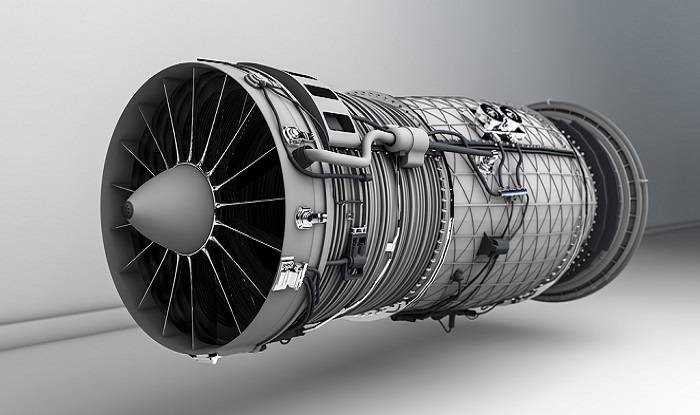Post doctoral Position
24.09.2018
The ‘volcanic ash vs. jet engines’ research group at the Ludwig-Maximilians-Universität (LMU) in Munich (group leader Dr. Wenjia Song) is currently offering 1 post-doctoral position for 2 years on the study of the influence of silicate ash on gas turbines. This position offers a remarkable opportunity to be part of a multi-disciplinary group working at the forefront of aircraft engineering, advanced material science, and geosciences today in a highly international environment. We seek a suitable candidate to join our dynamic and growing team.
There are five research topics to choose from.
1. Mitigation of CMAS attack on thermal barrier coatings.
As gas turbine engines are driven to operate at higher temperatures to maximize efficiency, components become susceptible to attack by deposits of calcium magnesium alumino-silicate (CMAS) ingested with the intake air. Here we need to investigate the interaction mechanism of CMAS with thermal barrier coatings by means of Heating microscope, DSC, Contact angle measurement and further methods.
2. Stimulation of spreading and wetting of silicate melt droplet onto thermal barrier coatings.
When an aircraft passes through the volcanic ash cloud, volcanic ash particles are ingested into jet engines. As combustor discharge temperatures (2000 °C) in jet engines are far in excess of the melting temperature of volcanic ash (1100 °C), individual volcanic ash particles melt to form droplets. These droplets impinge upon the surface of turbine blades coated by thermal barrier coatings (TBCs) to form “splats”. Wetting of TBCs by molten ash contributes to the attack on TBCs by volcanic ash.
The molten volcanic ash deposition adhesion-cohesion, as well as thermo-mechanical properties depend strongly upon the in-flight behaviour of molten ash droplet, and subsequent flattening and solidification.
Here the spreading process of drop with mile meter scale by CFD and the similar process of droplets with micro meter scale will be simulated using Lattice-Boltzmann methods considering the role of TBCs surface topology.
3. The function of rare-earth elements in the ultra-high temperature materials.
Silicon-based refractory compounds possess excellent oxidation resistance up to 1700°C due to the formation of a layer of SiO2 glass that inhibits oxygen diffusion to the parent material. However, volatilisation of SiO gas can occur at very high temperatures and reduced oxygen pressures. In addition, decomposition of previously-formed SiO2, and/or the interface reaction between SiC and SiO2 results in SiO gas formation at high temperatures and reduced pressure environments. Here, enhancement of the stability of SiO2 will be investigated.
4. The influence of the environmental gases and particles from combustor in jet engines on the Environmental Barrier coatings.
Ceramic thermal and environmental barrier coatings (EBCs) play a crucial role in advanced turbine engine systems because of their ability to significantly increase engine operating temperatures and reduce cooling requirements. In the development of Thermal and Environmental Barrier Coatings for SiC/SiC Ceramic Matrix Composite (CMC) Turbine Engine Components the influence of water vapour, flue gas, and silicate melt on EBCs will be investigated.
5. Experimental and simulational studies of the thermal conductivity of new ceramic materials based on Phonon (lattice wave) properties.
The challenge here is to translate the concepts to identify prospective low conductivity compounds in terms of crystal structure and bonding. The bulk of heat transport in the ceramic oxides occurs via phonons and their scattering governs the oxide thermal resistance. Here, we want to explore the role of natural superlattice structures in the low thermal conductivity of traditional and next-generation TBCs based on molecular dynamics simulations.
Please apply with a CV, publications, research plan (3 pages) and 2 references to wenjia.song@lmu.de and dingwell@lmu.de. Your research plan should involve the necessary experimental methods and the expected results, and a time schedule. Evaluation of the applications will start on 25.09.2018, and remain open until the positions are filled. The projects can start immediately and are funded for 2 years.






